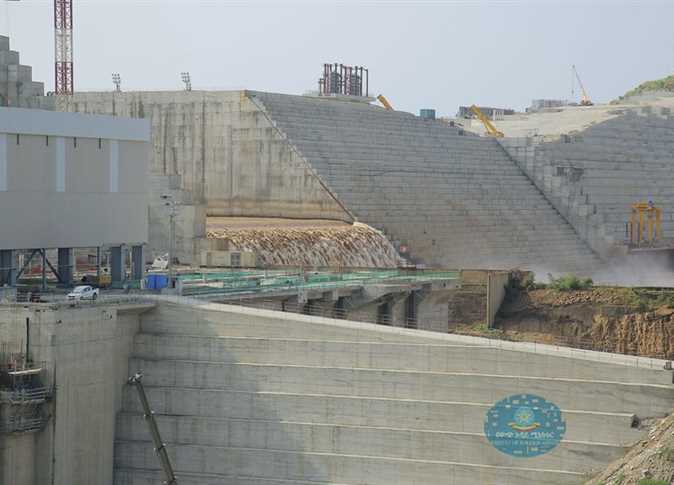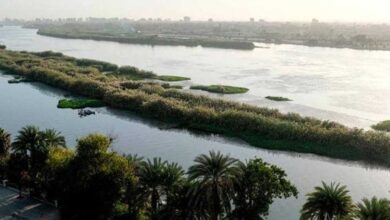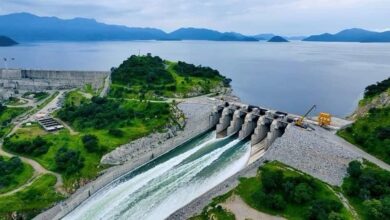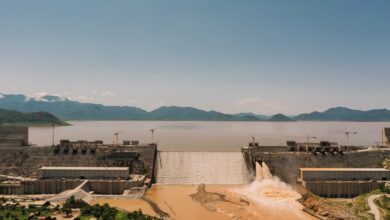
An agreement on points of contention between Egypt, Sudan and Ethiopia regarding the Grand Ethiopian Renaissance Dam is “just around the corner”, according to the Executive Director of the Energy Commission of the African Union Rashid Abdallah Ali.
Ali said that the AU and South Africa are playing a key role as mediators, and told the Sudanese News Agency (SUNA) that the dam will change life for people around Sudan’s Blue Nile and the Nile in Egypt.
The changes Sudan will see should be mostly positive even if there are some drawbacks, he added.
Ali anticipates a 30 to 50 percent increase in the energy produced from the Roseires and Merowe dams and expects Sudan to import electricity from Ethiopia, which will require the preparation of a supply network, transmission lines and transformational stations.
The dam will help regulate the Nile’s flow in Sudan and will exploit about six billion cubic meters of water previously unused, he said.
Rashid told the SUNA out that around two million acres could be added to irrigated agricultural lands as a result
Studies will need to be conducted regarding future projects to exploit this amount of water, he said, and foresees the costs of pumping water throughout the Blue Nile and Nile river to be reduced, thereby benefiting farmers.
He also expressed hope that a huge project will be established to provide the transportation of individuals and goods on the river through an investor or government partnership.
Regarding the potential drawbacks of the dam to Sudan, Rashid said it would cause a loss of up to 50 percent of the cliffs at the area – estimated to be 50,000 acres out of a total of 100,000.
These cliffs are regions of land flooded with the Nile’s water and used to plant vegetables during the summer.
He added that the Nile will also lose part of the silt that naturally fertilizes the land.
However, Egypt on July 11 rejected Ethiopia’s suggestion that the points of disagreement with Egypt and Sudan on the Grand Ethiopian Renaissance Dam should be decided on later.
On Friday, July 10, two meetings were held in parallel for technical and legal teams from the three countries, in an attempt to bridge views regarding contentious points in both tracks.
Observers from the US, EU and the African Union were present for these meetings.
During the Technical Committee’s meeting, Egypt put forward several alternative dealings in an effort to bring views closer regarding the measures to be implemented during drought seasons, in addition to the annual operating and filling rules.
It was then that Ethiopia suggested postponing the settlement for disagreements within the current negotiations, so as to be later referred to a technical committee formed under the agreement to follow up the implementation of the terms of the agreement.
Egypt rejected the idea, saying it was not possible to refer Egypt’s concerns regarding the major technical issues to a committee that would be decided after an agreement is signed.



